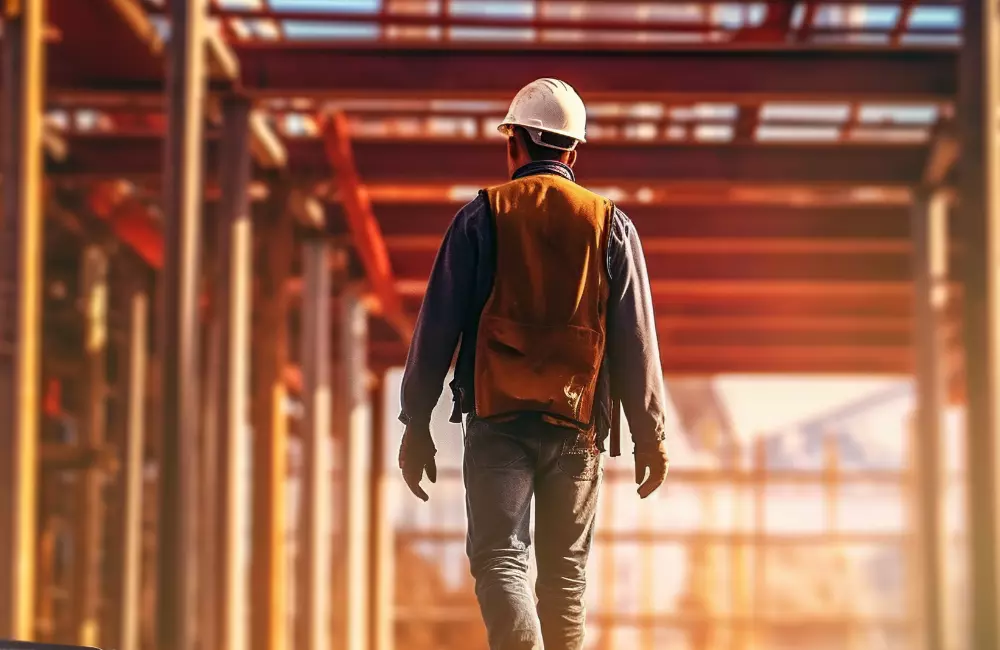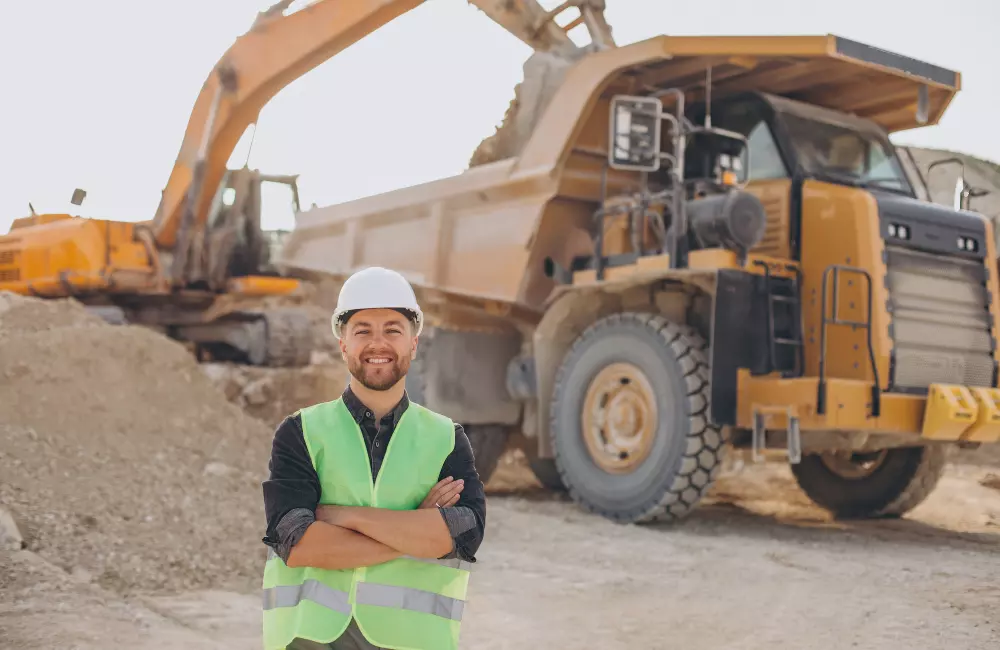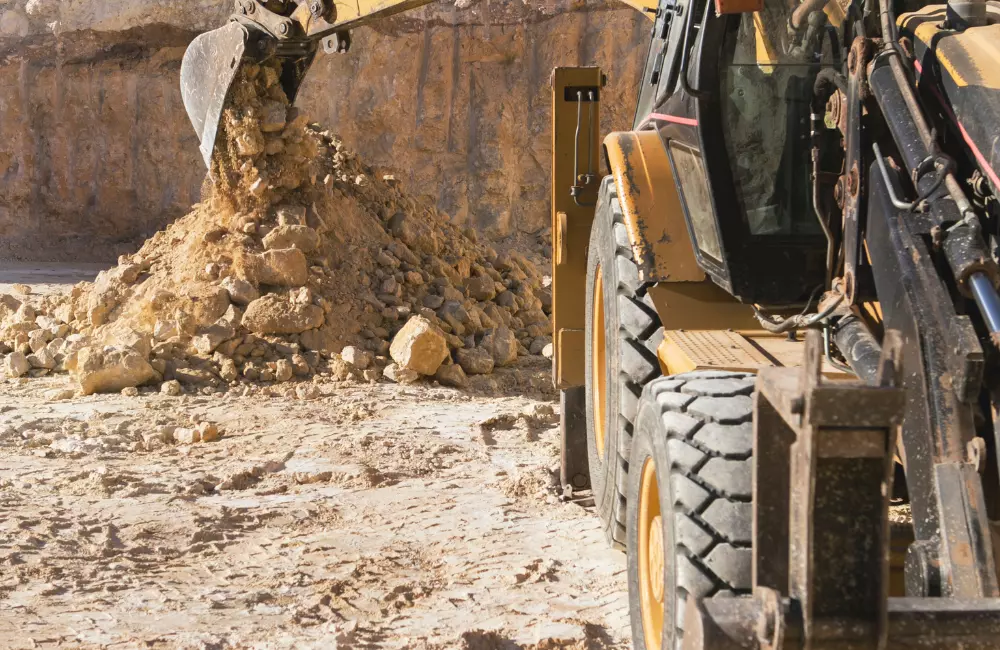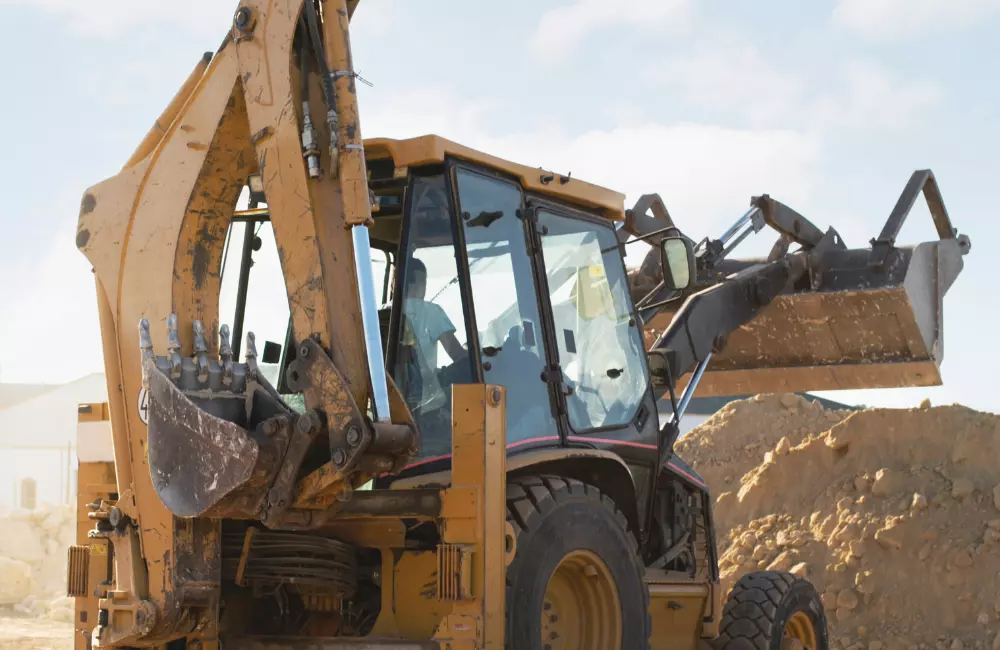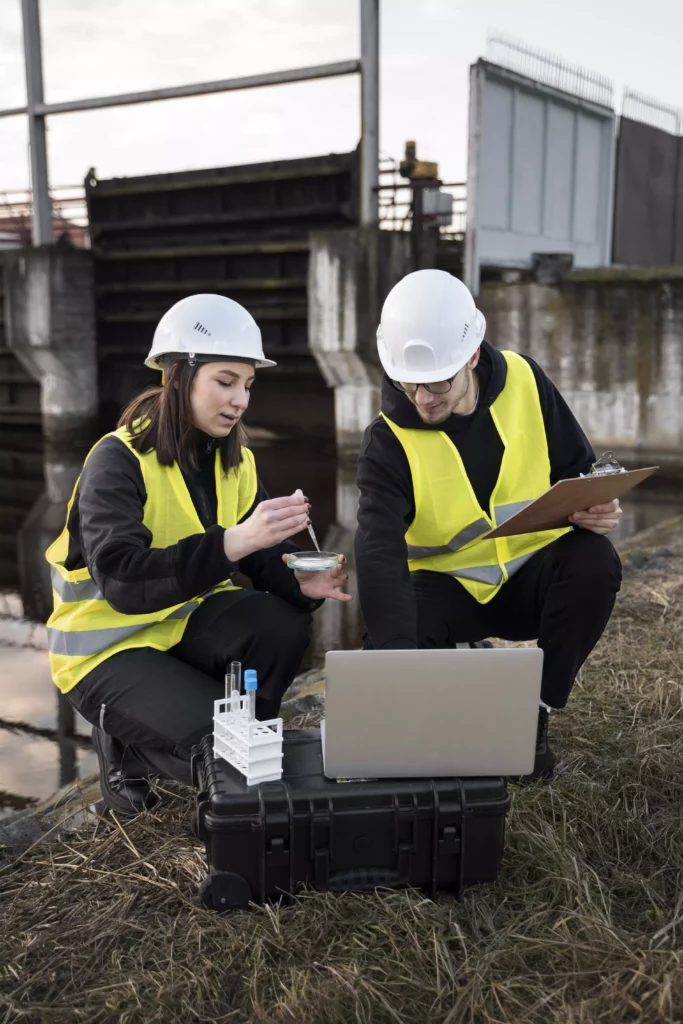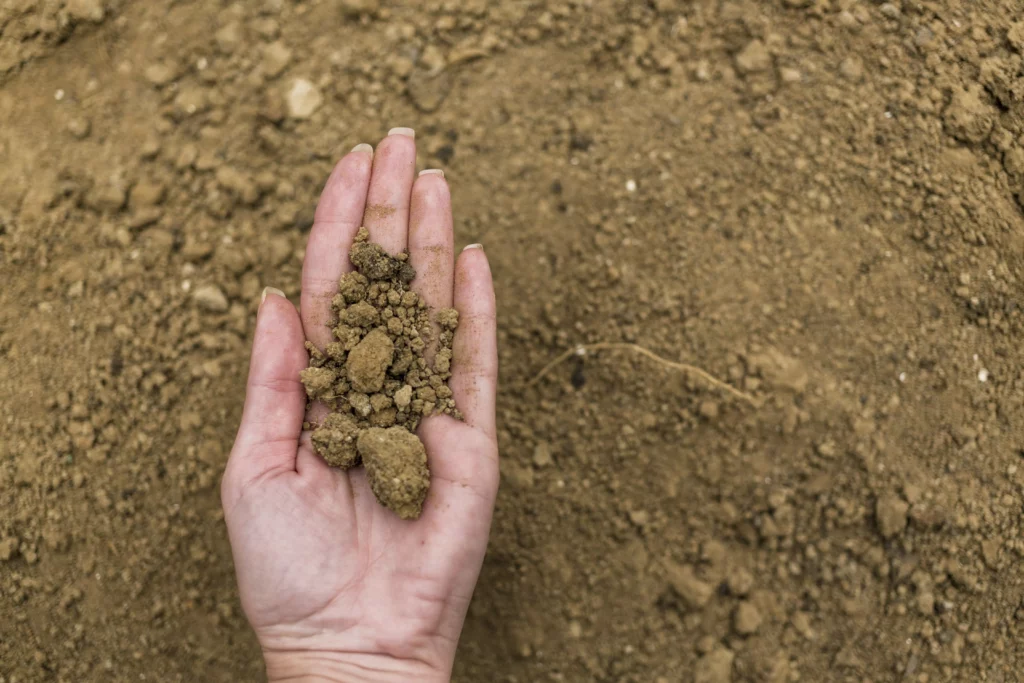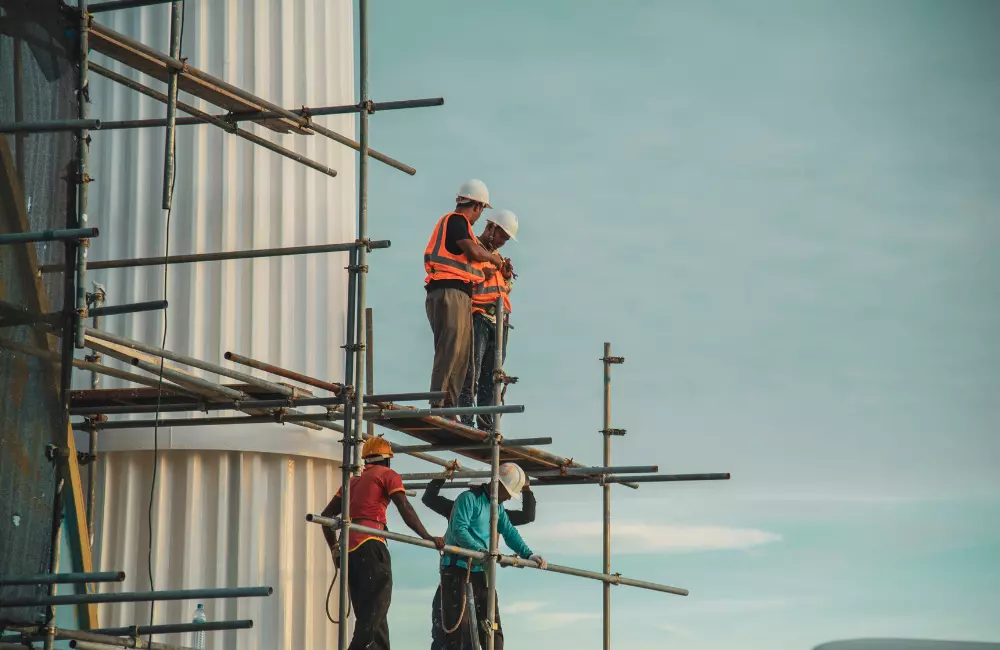
Scaffolds are structures that are used in construction sites as a tool to reach certain heights or areas of difficult access to perform the necessary work. In addition to fulfilling this function, scaffolding must be correctly assembled to ensure the protection of the person carrying out the work, otherwise, this may cause falls of people or materials, as well as collapses. They are platforms with stable surfaces and are available in different materials and sizes.
Trestle scaffolding
It is the simplest scaffolding that exists, characterized by being A-shaped. It is used in constructions that do not exceed 4 meters in height due to the simplicity of its structure. It is used as an auxiliary for simple tasks such as painting tiny houses.
Cross brace scaffolding
This is the standard scaffolding, also known as scissor scaffolding, it is very easy to transport and low cost. It is not approved for outdoor use, so it is more commonly used indoors.
European scaffolding
It is the type of approved scaffolding, besides being modern, it complies with all current European safety standards. It has non-slip platforms, trapdoor and ladder to facilitate access to each of the different levels or heights of the scaffolding. Its stability is ensured by assembled diagonal and horizontal bars.
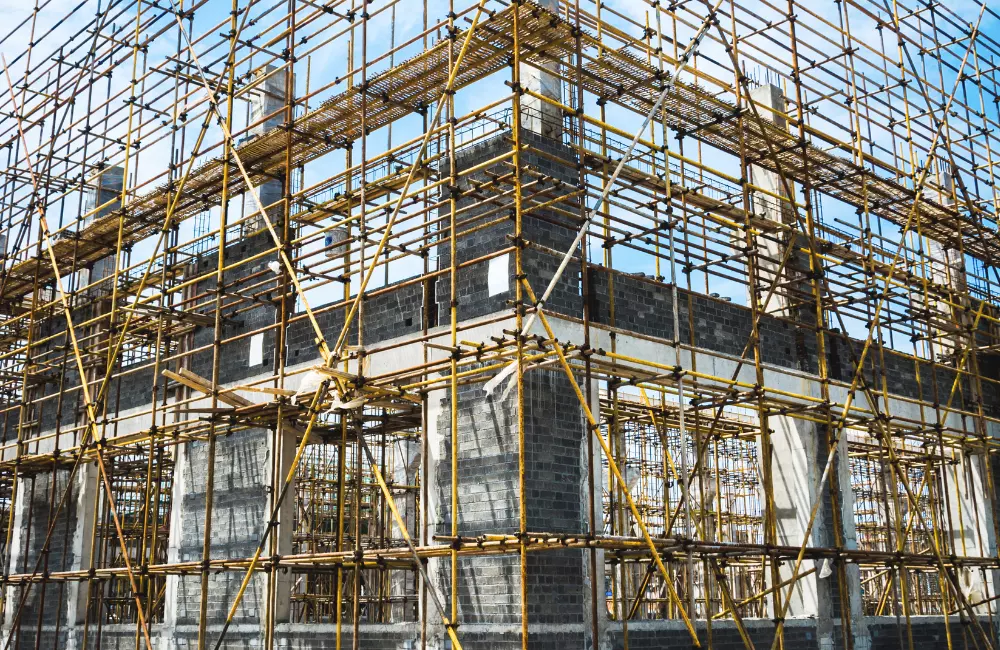
Suspended scaffolding
These are mobile structures suspended from the ceiling, roof, or beam. They are ideally used to perform work from 20 meters in height and allow the user to change levels. It is commonly seen in window cleaning jobs in large buildings.
Multidirectional scaffolding
They are resistant and versatile. Their main characteristic is that they are capable of forming frames that adapt to any position and shape, even curved. They allow work levels to be varied every 0.50 meters while maintaining all safety elements. Their use ranges from simple projects to the most complex and industrial uses.
Mobile scaffolding
They are very stable and efficient for working in smooth and flat environments. They are composed of simple, manageable, and light pieces that facilitate their assembly, disassembly, and displacement.
Self-erecting platform scaffolding
Systems whose platform operates electrically on 1 or 2 masts. It has a control panel and an overload locking system.
It is important to choose the type of scaffolding according to the task to be performed, this will result in faster and more efficient work. Also, you will protect the lives of the workers and those who pass around the work site. At SILMÉXICO we advise you about the ideal type of scaffolding for your new development. Contact us at info@silmexico.com to receive advice on your construction process.
